- 3173
- 0
Sharing Ideas and Updates on LPG in Nigeria and related information to enable effective collaboration within the LPG Value Chain
Global CNG And LPG Vehicle Market Poised For Major Growth By 2034

The global Compressed Natural Gas (CNG) and Liquefied Petroleum Gas (LPG) vehicle market is set for a major leap, with its size expected to grow from USD 4.15 billion in 2025 to an impressive USD 6.75 billion by 2034. According to a report by Towards Automotive, this growth reflects a steady compound annual growth rate (CAGR) of 4.93% over the next decade.
Market Overview
Driven by rising environmental concerns, fluctuating fuel prices, and the global push for cleaner transportation, the CNG and LPG vehicle sector is becoming a key player in the future of sustainable mobility. CNG and LPG vehicles produce significantly fewer emissions compared to gasoline and diesel vehicles, helping cities battle worsening air quality. Governments around the world are incentivizing adoption through subsidies, tax breaks, and stricter emissions regulations, further encouraging manufacturers and consumers alike to pivot toward cleaner fuel options.
Additionally, advancements in fueling infrastructure and engine technologies are expanding access and improving performance, especially in urban centers. As sustainability becomes a key pillar in transportation policy, the CNG and LPG market is set for sustained innovation and expansion.
Key Trends Shaping the Market
1.Government Incentives and Regulations: Subsidies, tax breaks, and policy initiatives are encouraging the adoption of CNG and LPG vehicles, particularly in urban transport systems.
2.Expansion of Refueling Infrastructure: The growth of fueling stations in cities and semi-urban areas is making CNG and LPG more accessible for both daily commuters and long-distance travelers.
3.OEM Focus on Alternative Fuel Vehicles: Automotive manufacturers are increasingly offering factory-fitted CNG and LPG models, improving reliability and reducing the cost burden on consumers.
Challenges to Address
Despite the growth prospects, challenges remain:
1)Limited rural infrastructure for refueling remains a barrier to widespread adoption outside major cities.
2)Lower energy density compared to gasoline or diesel results in shorter vehicle ranges.
3)High initial conversion costs may deter budget-conscious consumers and small businesses from adopting the technology.
Emerging Opportunities
The greatest potential for expansion lies in emerging economies such as India, China, Pakistan, and several African and Latin American countries, where the combination of rising fuel prices, government support, and a push for cleaner air creates an ideal environment for growth.
Public transport fleets, logistics companies, and even ride-hailing services are increasingly considering CNG and LPG as cost-effective, eco-friendly alternatives, helping to stimulate demand across both the passenger and commercial sectors.
Regional Insights
Asia Pacific: Dominates the market today and will continue leading the growth due to strong government initiatives, high demand for affordable clean vehicles, and expanding infrastructure.
North America: Expected to show substantial growth fueled by strict environmental regulations, a growing network of fueling stations, and strong fleet adoption in logistics and municipal services.
Countries like India and China are at the forefront, while Pakistan remains one of the largest CNG vehicle markets globally. In North America, investments in sustainable transportation and a push toward corporate environmental responsibility are driving adoption.
Vehicle Segments
CNG Vehicles: Currently dominate the market due to significant uptake in public transport and logistics sectors.
LPG Vehicles: Expected to witness notable growth as consumers seek more affordable and cleaner alternatives for personal vehicles.
Both passenger cars and commercial vehicles are embracing this shift, with commercial fleets showing the fastest adoption rates due to cost-saving and regulatory pressures.
What This Means for the LPG Industry
This growth trajectory signals a massive opportunity for the LPG sector globally and especially for developing markets like Nigeria. With governments like Nigeria’s now pushing for gas adoption through initiatives like the Presidential Compressed Natural Gas Initiative (PCNGi) and promoting LPG as a cleaner household and transportation fuel, the market is set to align with global trends.
Nigeria, with its vast natural gas reserves, stands to gain enormously by investing in LPG vehicle infrastructure, local manufacturing of conversion kits, and public awareness campaigns. Adoption in transportation could ease fuel costs, reduce pollution, and enhance energy security — all critical needs for the country’s economic stability.
As the global energy landscape shifts, the CNG and LPG vehicle markets are becoming central to achieving sustainable, affordable, and cleaner mobility solutions. Businesses, policymakers, and energy companies must act now to ride this wave of opportunity and shape the future of transportation.
Stay tuned to our platform as we continue bringing you updates on clean energy developments transforming Nigeria and the world!
SOURCE: Precedence Research

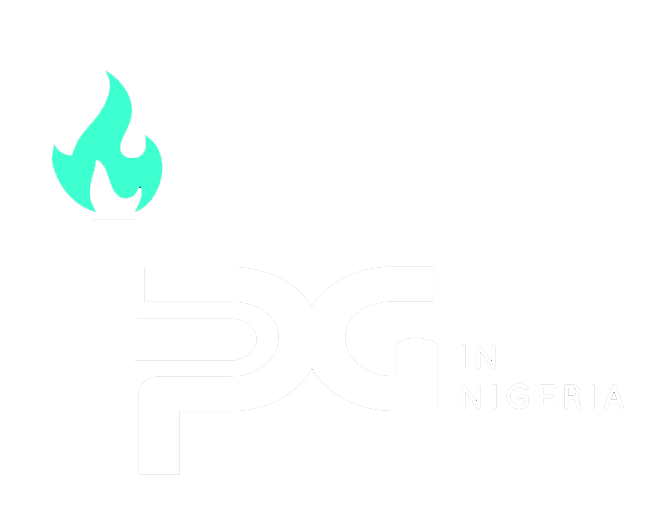



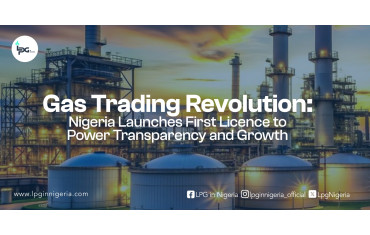

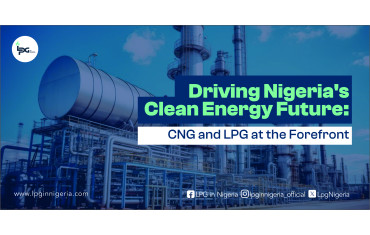
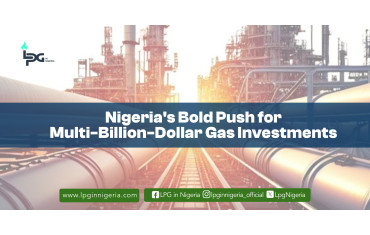
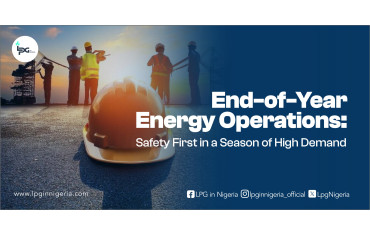
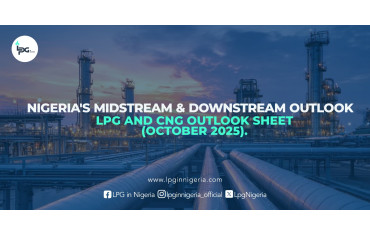
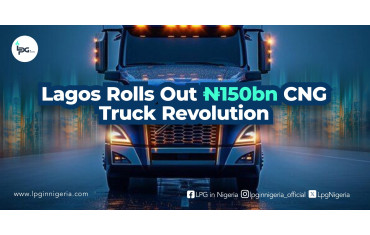
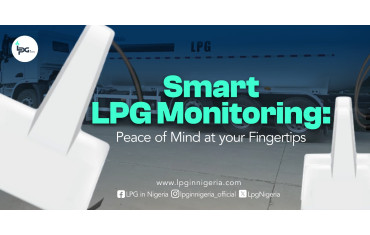


0 Comment.